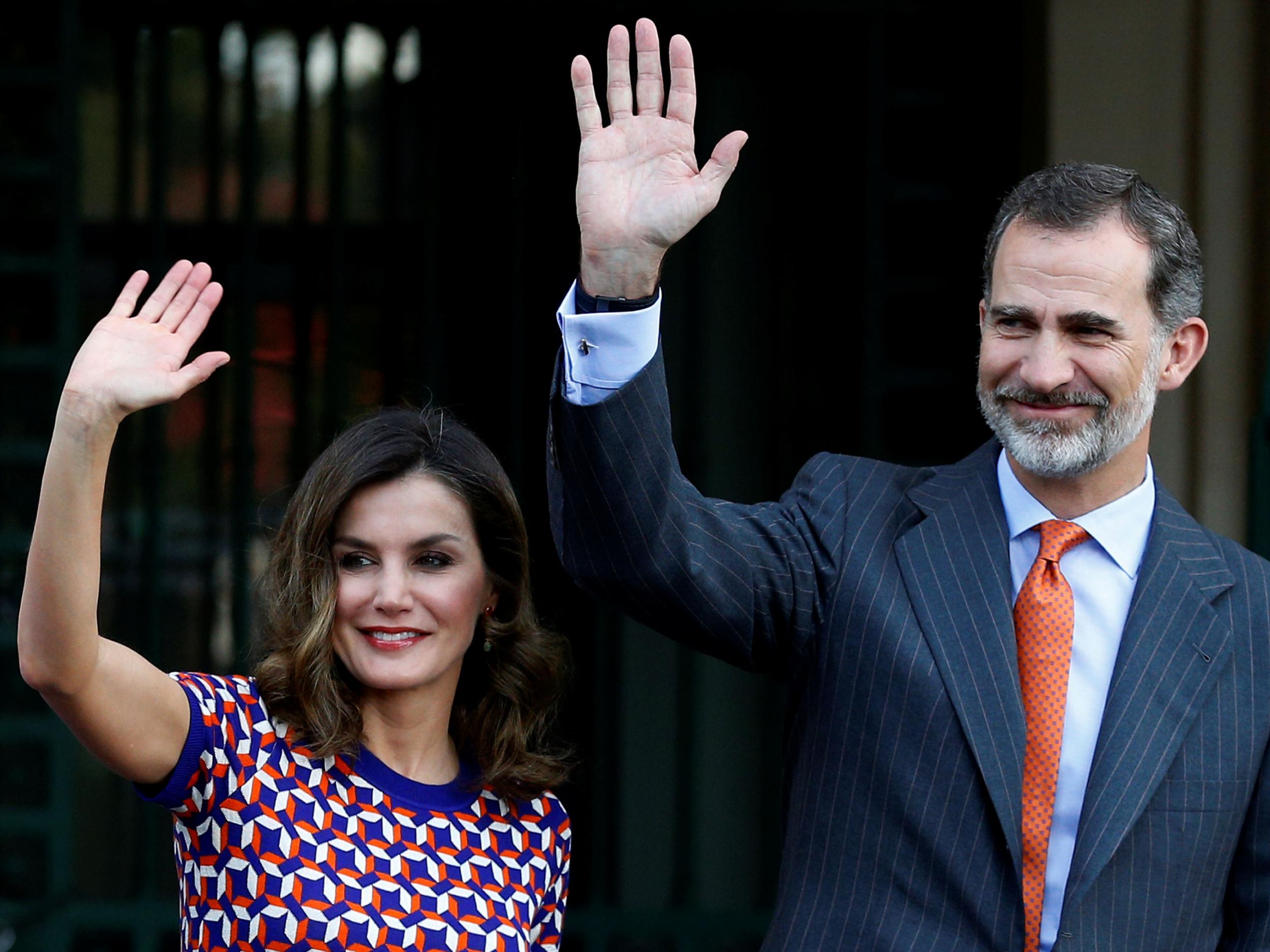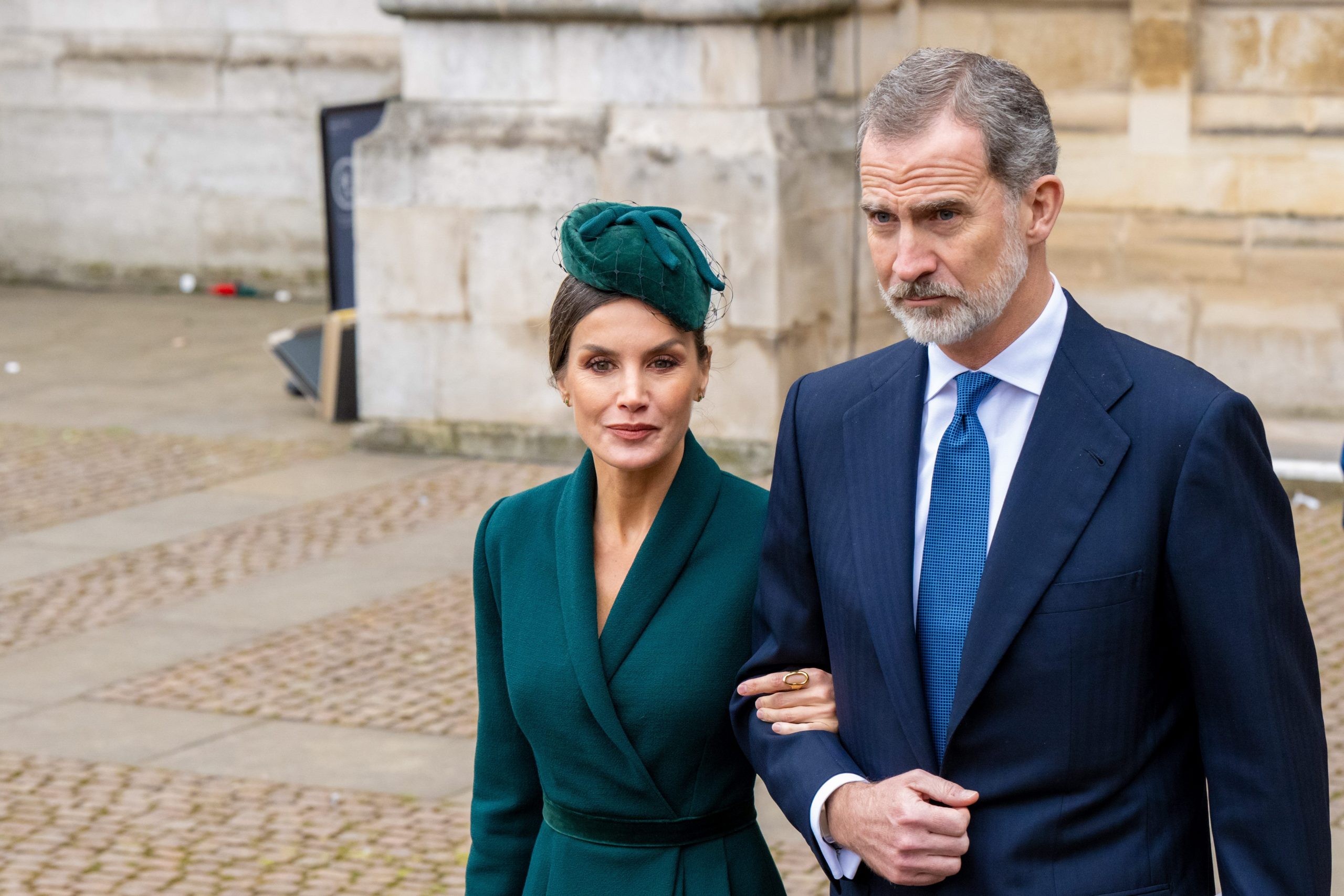History of the Spanish Monarchy: King Of Spain

King of spain – The Spanish monarchy has a rich and storied history, dating back to the Visigothic period. Over the centuries, it has played a central role in shaping the political, cultural, and social landscape of Spain.
The origins of the Spanish monarchy can be traced back to the Visigothic kingdom that ruled the Iberian Peninsula from the 5th to the 8th centuries. The Visigothic kings were elected by the nobility and were responsible for leading the kingdom in war and peace. In 711, the Visigothic kingdom was conquered by the Umayyad Caliphate, but the monarchy survived in the form of the Kingdom of Asturias, which was founded by Pelayo in 718.
The King of Spain, a figurehead with limited political power, has been criticized by some for his lavish lifestyle. However, he is also seen as a symbol of national unity, and his role is largely ceremonial. In contrast, Robert F.
Kennedy Jr., an environmental activist and author, has been a vocal critic of the pharmaceutical industry and its influence on government policy. Robert F. Kennedy Jr. has also been a strong advocate for the environment, and he has worked to raise awareness about the dangers of climate change.
Despite their different roles, both the King of Spain and Robert F. Kennedy Jr. are public figures who have used their platforms to advocate for their beliefs.
The Kingdom of Asturias gradually expanded its territory over the centuries, and by the 10th century, it had become the dominant power in the Iberian Peninsula. In 1035, the Kingdom of Asturias was renamed the Kingdom of León, and in 1230, it was united with the Kingdom of Castile to form the Kingdom of Spain.
The Spanish monarchy reached its zenith in the 16th century, under the reign of Charles V, who was also the Holy Roman Emperor. Charles V’s vast empire included Spain, the Netherlands, Austria, and parts of Italy and the Americas. Under his rule, Spain became a global superpower, and the Spanish language and culture spread throughout the world.
The Spanish monarchy declined in power and influence in the 17th and 18th centuries, but it remained a central institution in Spanish society. In the 19th century, Spain was wracked by political instability, and the monarchy was briefly abolished in 1873. However, it was restored in 1874, and it has remained in place ever since.
As the King of Spain’s recent visit to the country stirred public interest, questions about other notable figures emerged. One such question that has garnered attention is: how old is djokovic ? While the King’s age is a matter of public record, the age of the renowned tennis player has also become a topic of curiosity, highlighting the diverse interests that captivate the public’s imagination.
Today, the Spanish monarchy is a constitutional monarchy, with the king or queen serving as head of state. The king or queen is responsible for representing Spain abroad and for carrying out ceremonial duties. The monarchy is a symbol of Spanish unity and stability, and it plays an important role in Spanish society.
Key Events and Monarchs
Some of the key events and monarchs in the history of the Spanish monarchy include:
- 711: The Visigothic kingdom is conquered by the Umayyad Caliphate.
- 718: Pelayo founds the Kingdom of Asturias.
- 1035: The Kingdom of Asturias is renamed the Kingdom of León.
- 1230: The Kingdom of León is united with the Kingdom of Castile to form the Kingdom of Spain.
- 1492: Christopher Columbus discovers the Americas for Spain.
- 1516: Charles V becomes king of Spain.
- 1519: Charles V is elected Holy Roman Emperor.
- 1556: Charles V abdicates and divides his empire between his son, Philip II, and his brother, Ferdinand I.
- 1588: The Spanish Armada is defeated by the English.
- 1700: The War of the Spanish Succession begins.
- 1713: The Treaty of Utrecht ends the War of the Spanish Succession and establishes the Bourbon dynasty on the Spanish throne.
- 1808: Napoleon invades Spain and places his brother, Joseph Bonaparte, on the Spanish throne.
- 1814: Ferdinand VII is restored to the Spanish throne.
- 1823: The Spanish monarchy is briefly abolished.
- 1874: The monarchy is restored.
- 1931: The monarchy is again abolished.
- 1947: Franco restores the monarchy.
- 1975: Juan Carlos I becomes king of Spain.
- 2014: Juan Carlos I abdicates and his son, Felipe VI, becomes king of Spain.
The Role of the Monarchy in Shaping Spanish History and Culture
The Spanish monarchy has played a central role in shaping Spanish history and culture. The monarchy has been a symbol of Spanish unity and stability for centuries, and it has helped to define Spanish identity. The monarchy has also been a patron of the arts and sciences, and it has helped to spread Spanish culture throughout the world.
The Spanish monarchy is a complex and fascinating institution. It has a long and storied history, and it has played a central role in shaping Spanish history and culture. The monarchy is a symbol of Spanish unity and stability, and it is likely to continue to play an important role in Spanish society for many years to come.
The Current Spanish Monarchy

The Spanish monarchy is a constitutional monarchy, with the King as Head of State. The monarchy is hereditary, with the crown passing to the eldest child of the reigning monarch, regardless of gender. The current King of Spain is Felipe VI, who ascended to the throne in 2014 upon the abdication of his father, Juan Carlos I.
Structure and Organization
The Spanish monarchy is organized into three main bodies: the Royal Household, the Council of State, and the General Secretariat of the Royal Family.
- The Royal Household is responsible for the day-to-day administration of the monarchy, including the management of the royal residences, the organization of official events, and the provision of security for the royal family.
- The Council of State is a consultative body that advises the King on matters of state. It is composed of senior politicians, jurists, and other experts.
- The General Secretariat of the Royal Family is responsible for the coordination of the monarchy’s activities and the management of its finances.
King Felipe VI
King Felipe VI was born on January 30, 1968, in Madrid. He is the eldest child of King Juan Carlos I and Queen Sofia. Felipe studied law and economics at the Complutense University of Madrid and also attended the Royal Military Academy of Sandhurst in the United Kingdom. He married Letizia Ortiz, a former journalist, in 2004. They have two daughters, Leonor and Sofia.
Felipe VI became King of Spain on June 19, 2014, following the abdication of his father. He is a popular and respected figure in Spain and is seen as a symbol of stability and unity.
Responsibilities and Duties
The King of Spain has a number of responsibilities and duties, including:
- Representing Spain at home and abroad
- Sanctioning laws passed by the Spanish Parliament
- Appointing the Prime Minister and other government officials
- Commanding the armed forces
- Granting pardons
The King is also the Head of the Royal Family, which includes his wife, Queen Letizia, and his daughters, Leonor and Sofia. The Royal Family plays an important role in Spanish society, representing the country at official events and supporting a variety of charities and causes.
The King’s Role in Modern Spain
The King of Spain is the head of state and the commander-in-chief of the armed forces. He is also the symbol of the unity and permanence of the Spanish nation. The King’s role is largely ceremonial, but he does have some political influence. He can appoint and dismiss the Prime Minister, dissolve the Cortes (parliament), and declare war.
The King’s Influence on Government Policy, King of spain
The King’s influence on government policy is indirect. He does not have the power to veto laws, but he can use his moral authority to persuade the government to change its policies. For example, in 2014, the King spoke out against the government’s austerity measures, which he said were hurting the poor and vulnerable. The government subsequently softened its austerity program.
The King’s Influence on Public Opinion
The King is a popular figure in Spain. He is seen as a symbol of stability and continuity. The King’s speeches and public appearances are closely followed by the Spanish people. He can use his platform to raise awareness of important issues and to promote his own views.
Challenges and Opportunities Facing the Monarchy in the 21st Century
The monarchy faces a number of challenges in the 21st century. One challenge is the rise of republicanism in Spain. Some Spaniards believe that the monarchy is an outdated institution that should be abolished. Another challenge is the King’s own age. He is 85 years old and will soon need to step down. The succession to the throne is a complex issue that could potentially destabilize the monarchy.
Despite these challenges, the monarchy also has a number of opportunities in the 21st century. One opportunity is the King’s popularity. He is a respected figure who can help to unite the Spanish people. Another opportunity is the monarchy’s role as a symbol of stability and continuity. In a rapidly changing world, the monarchy can provide a sense of reassurance and stability.